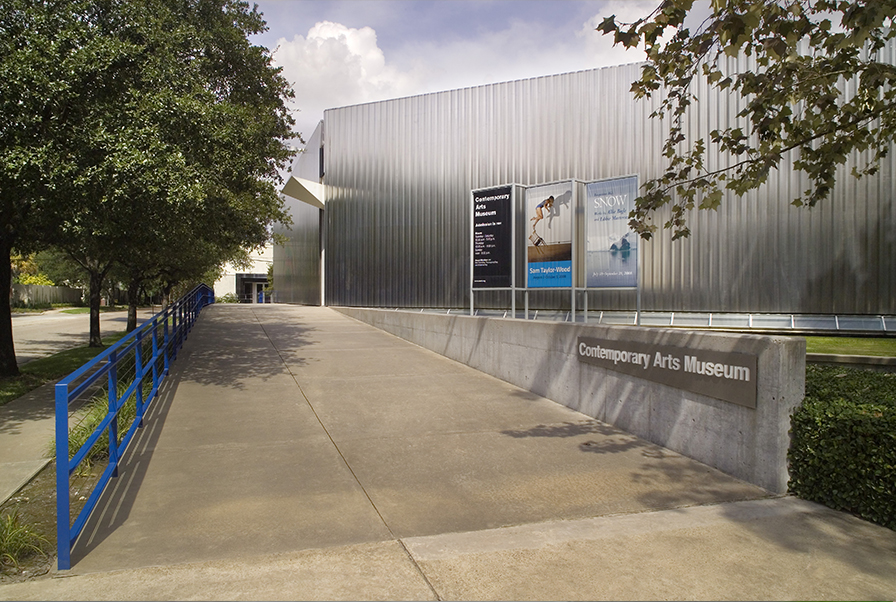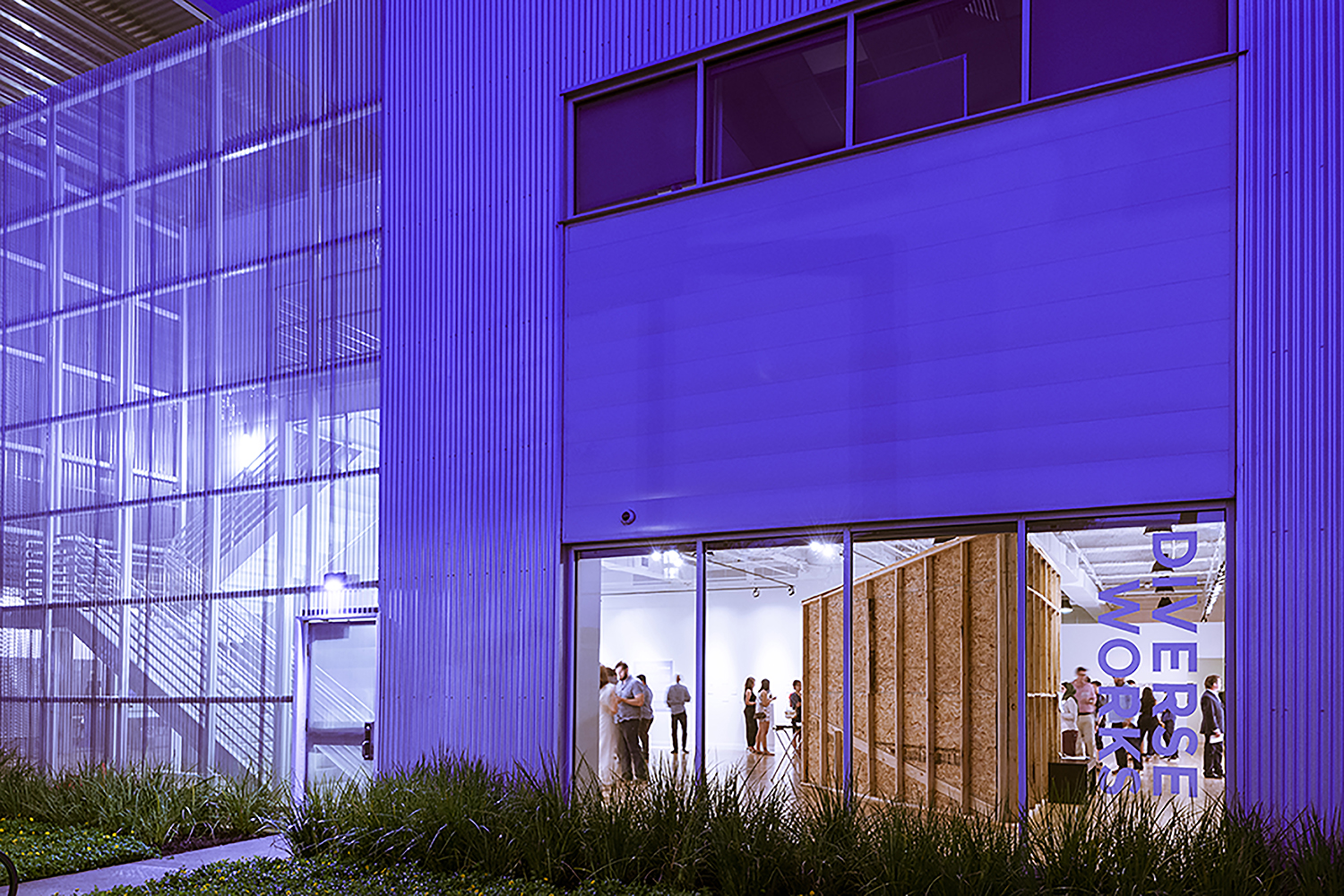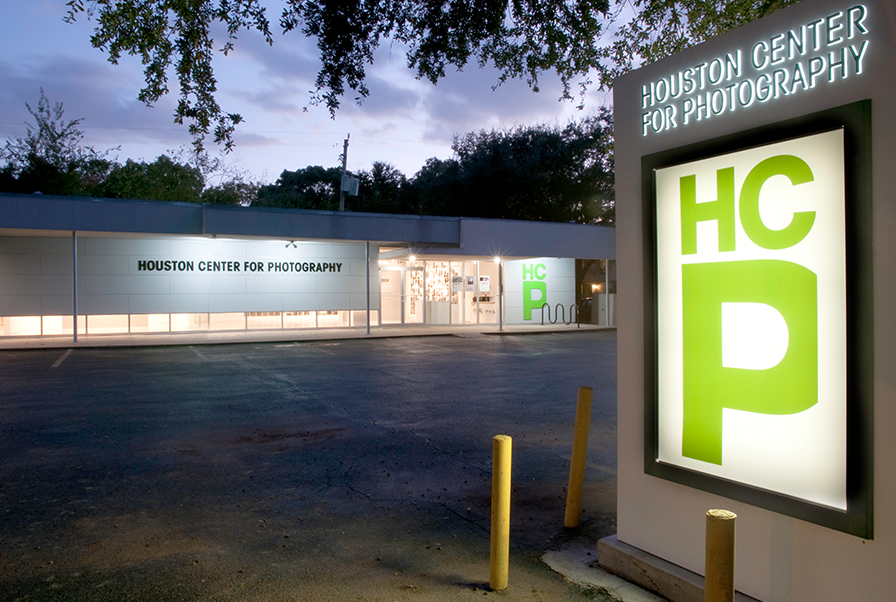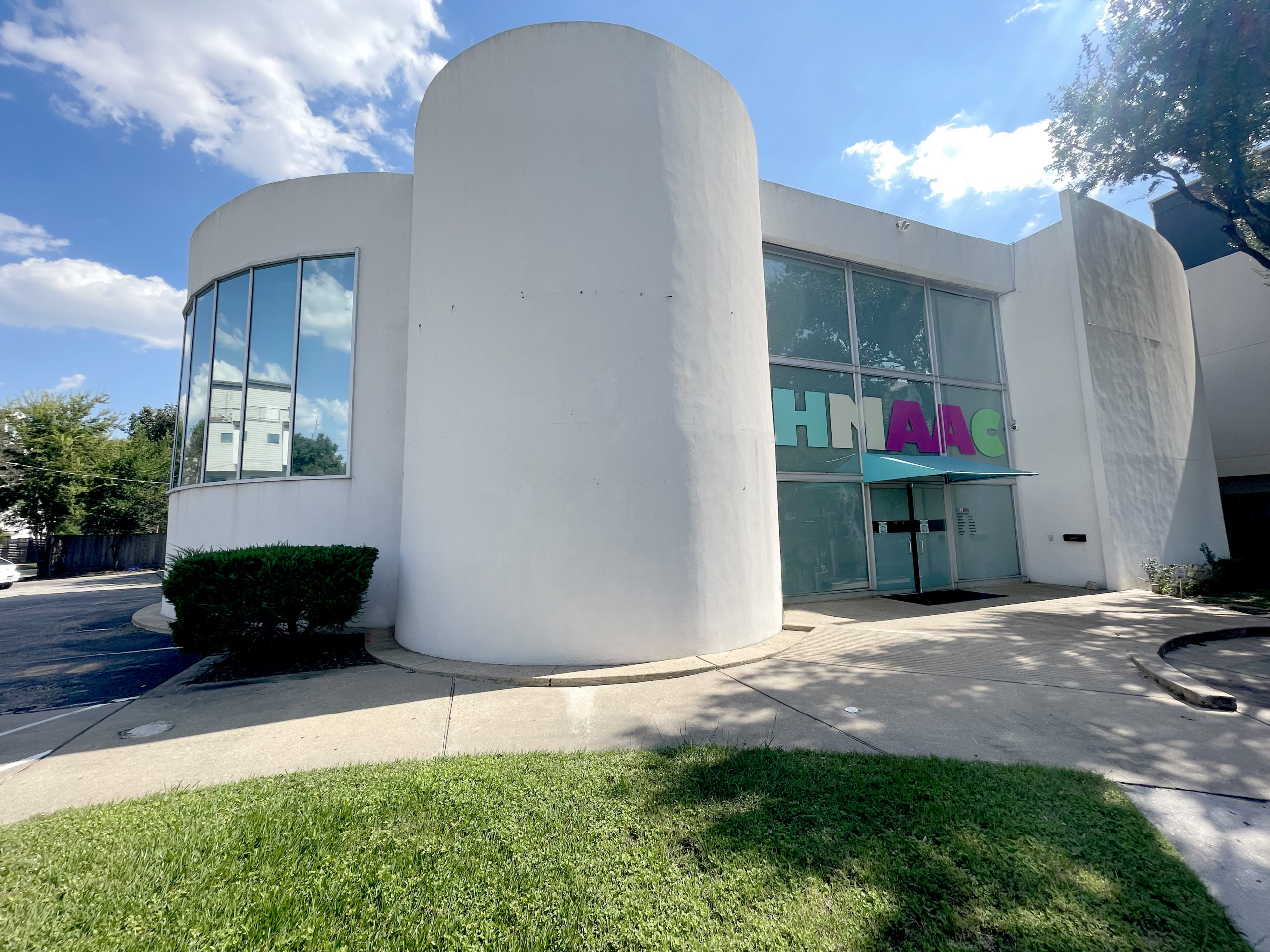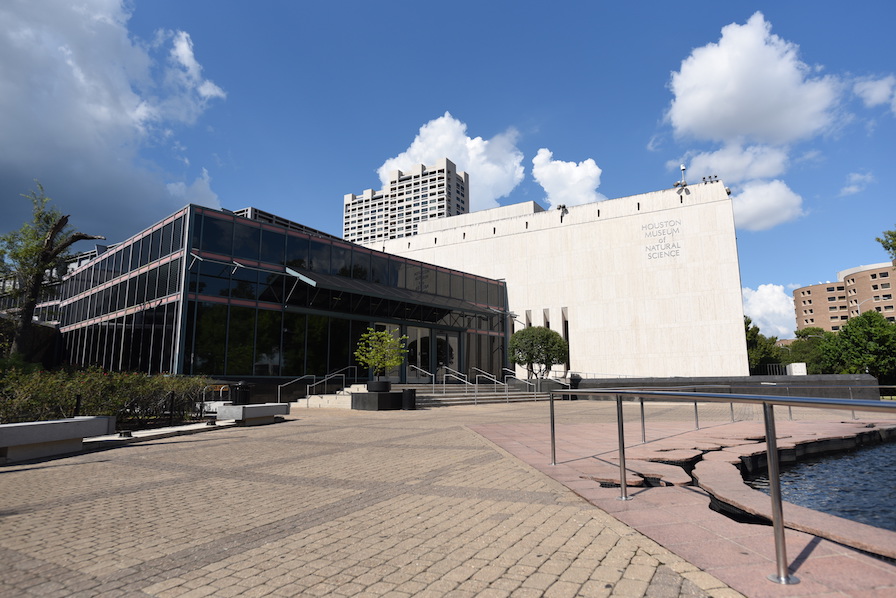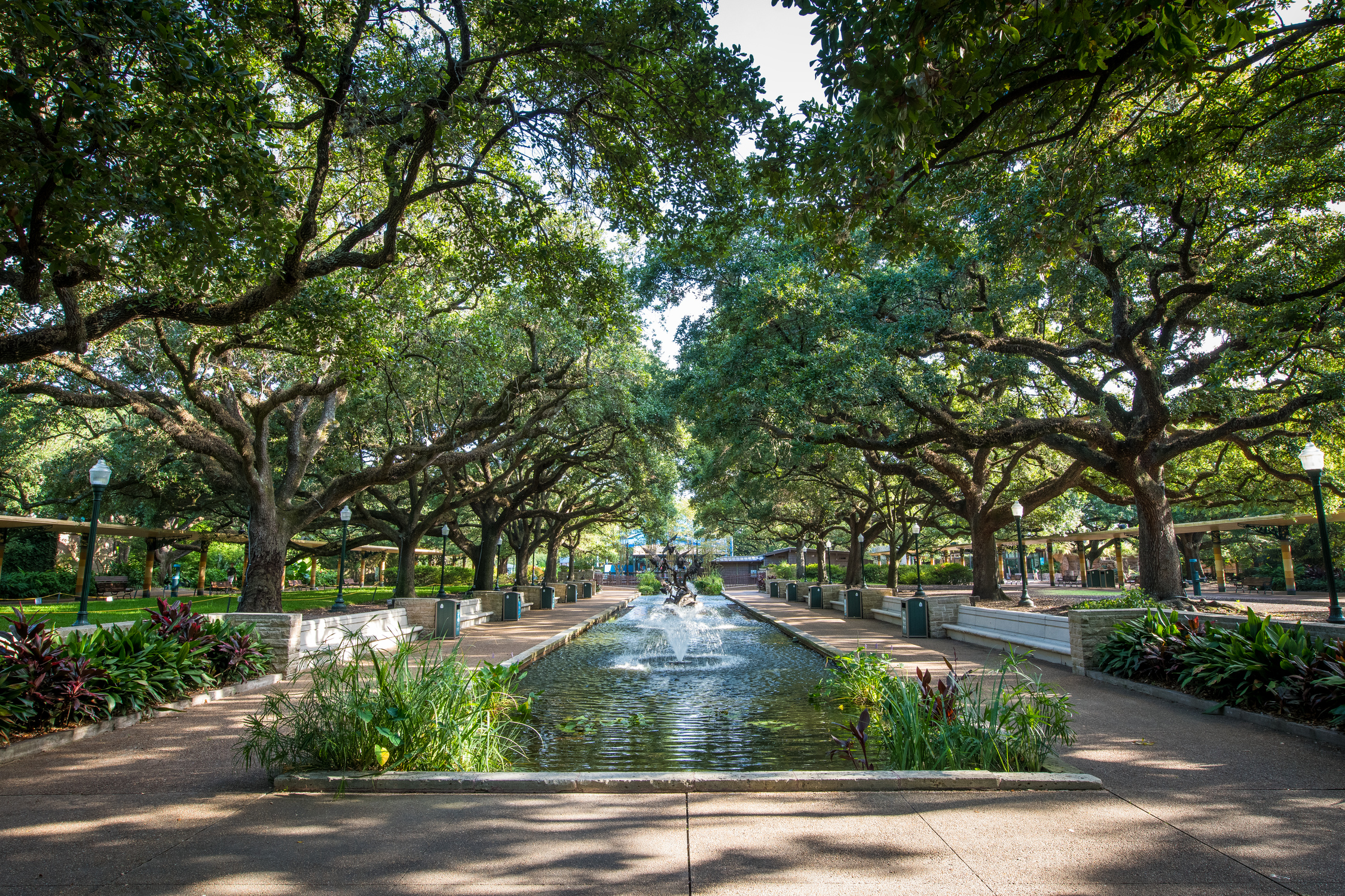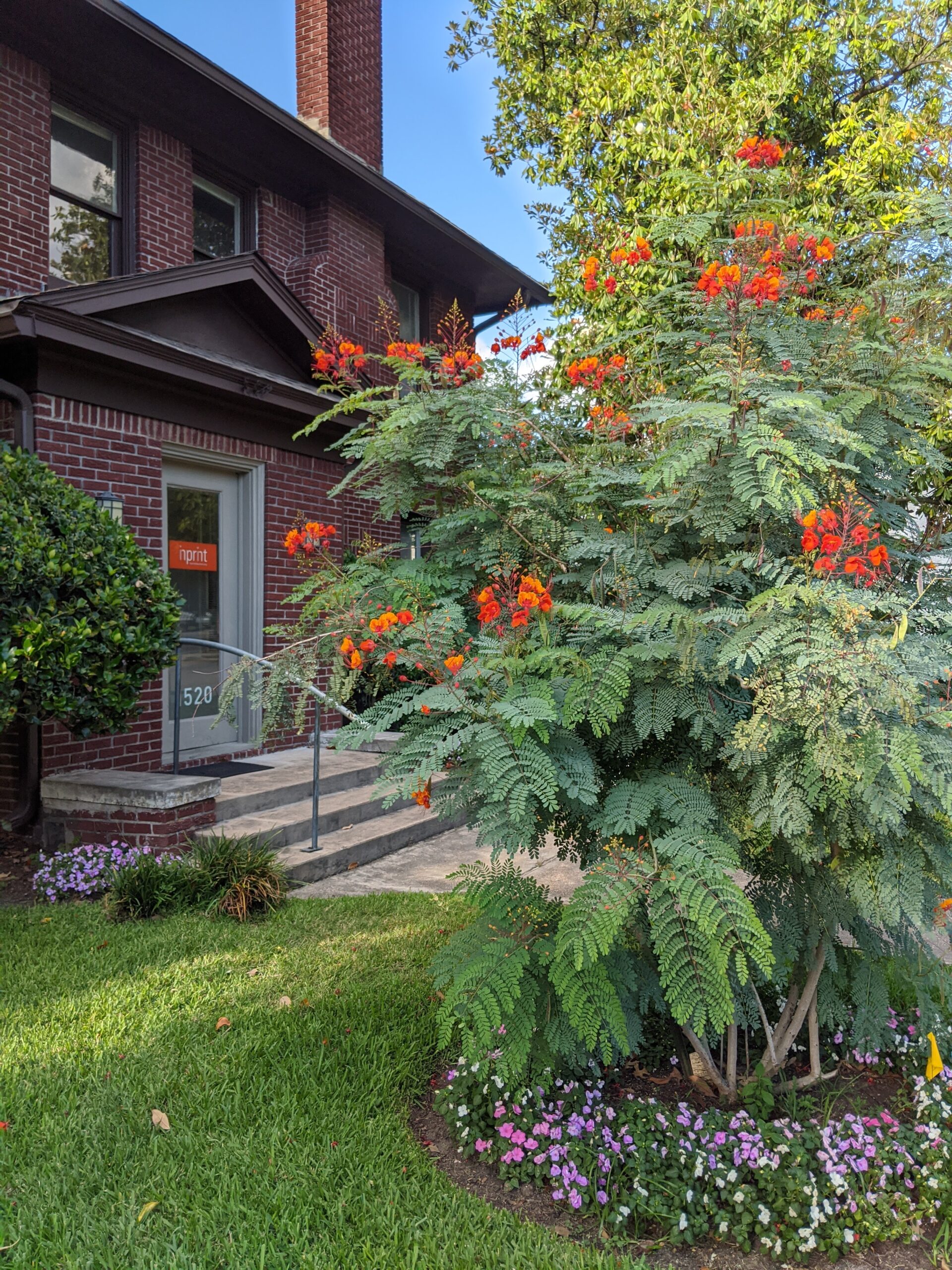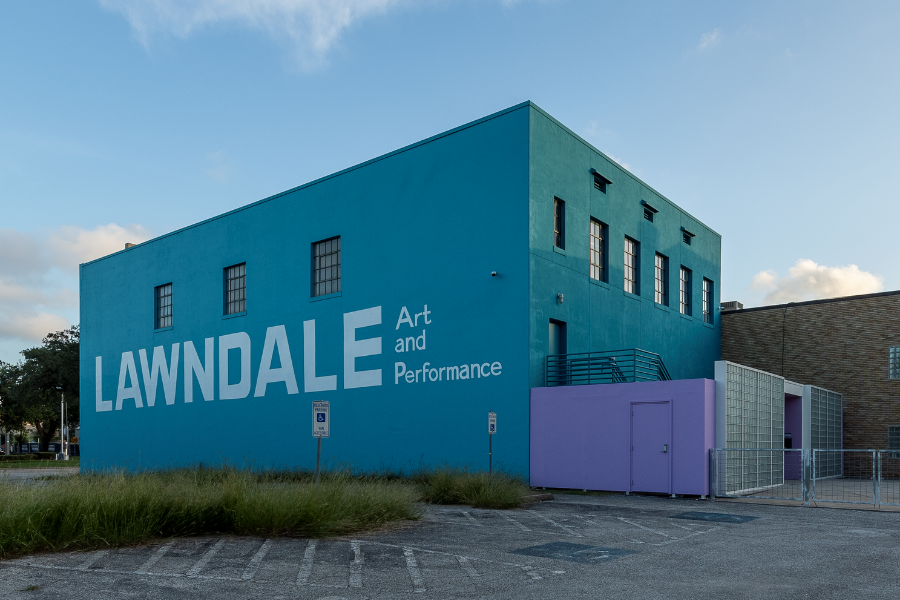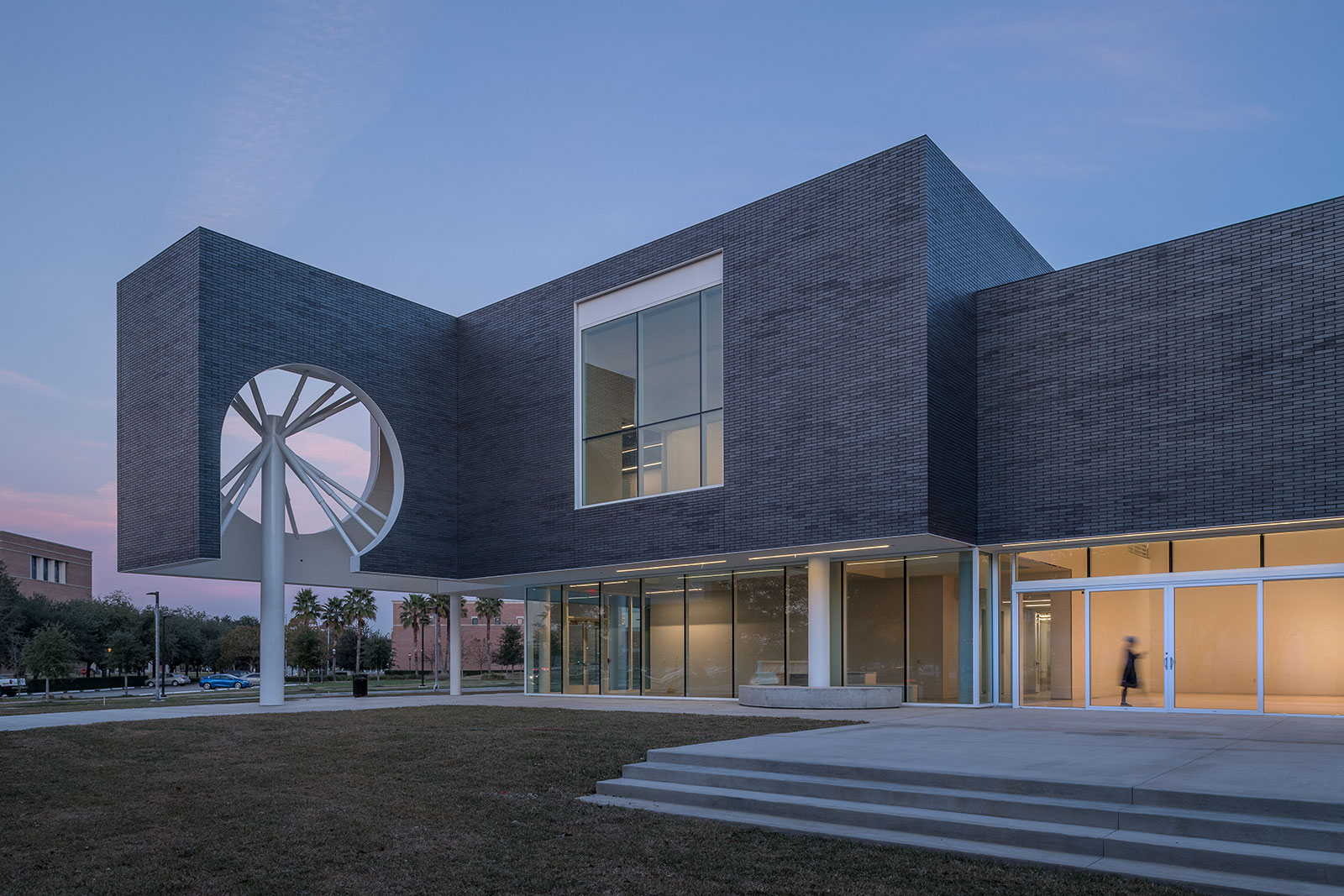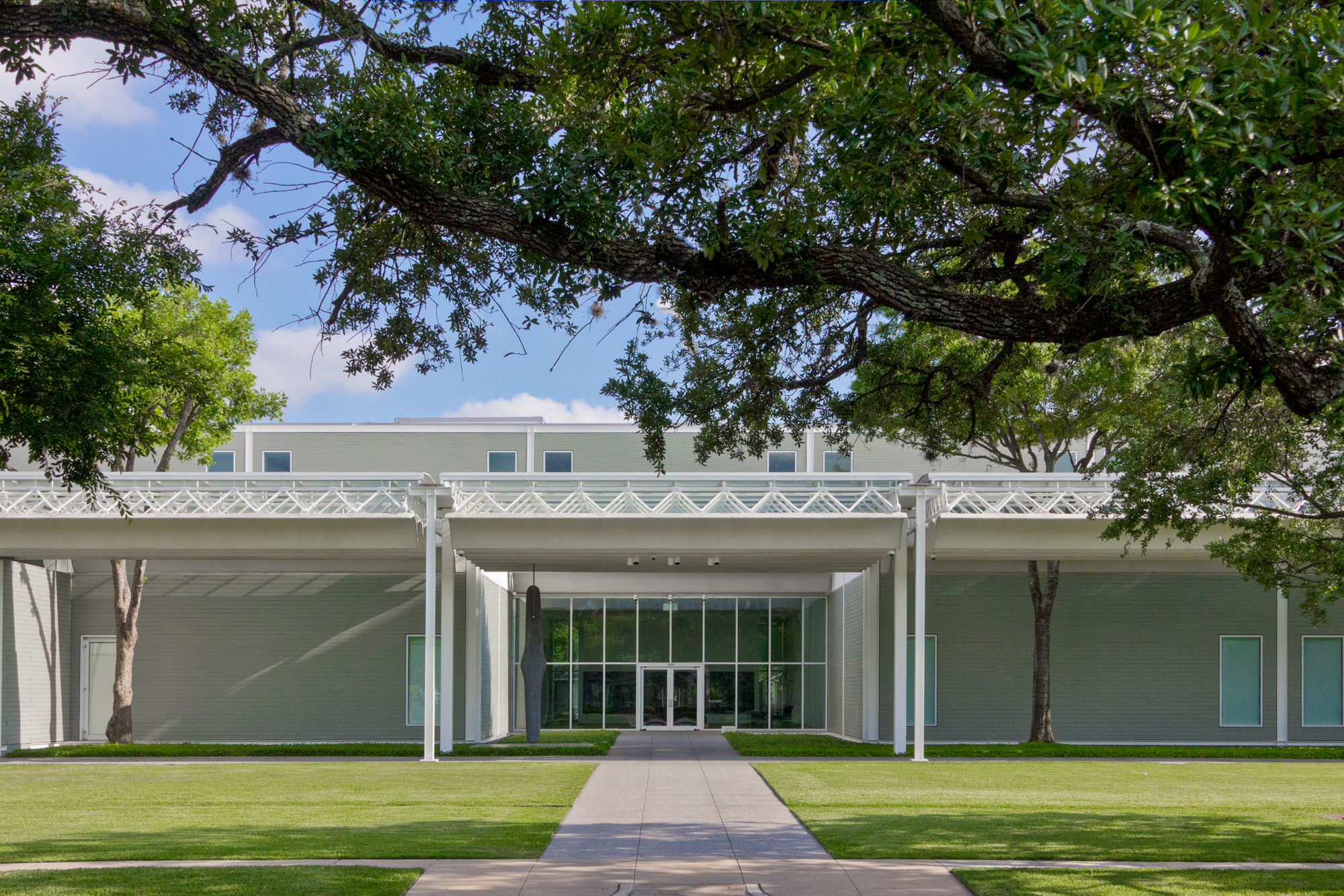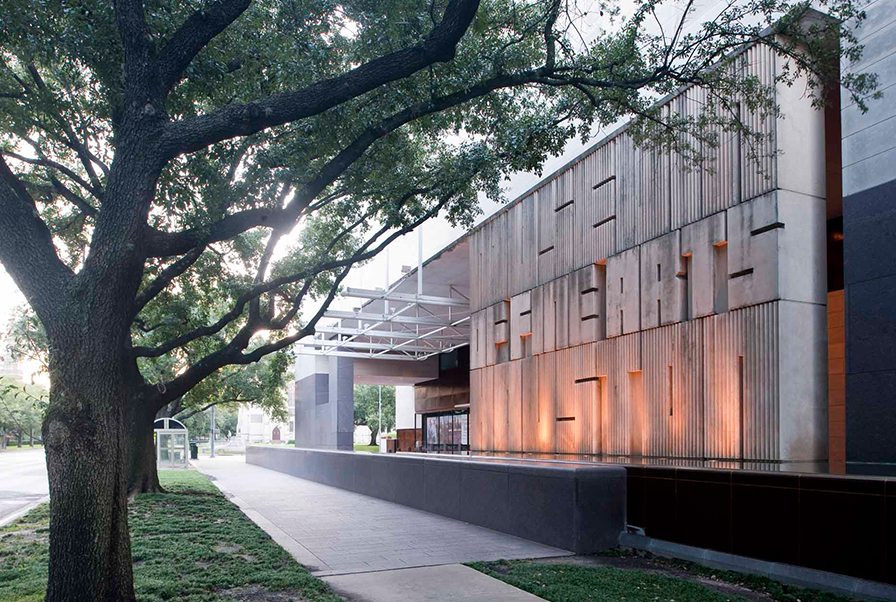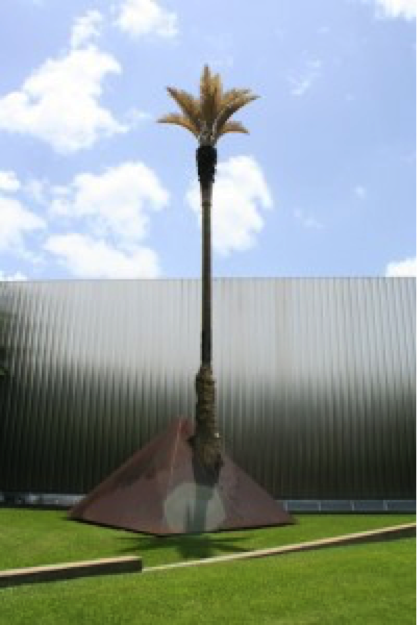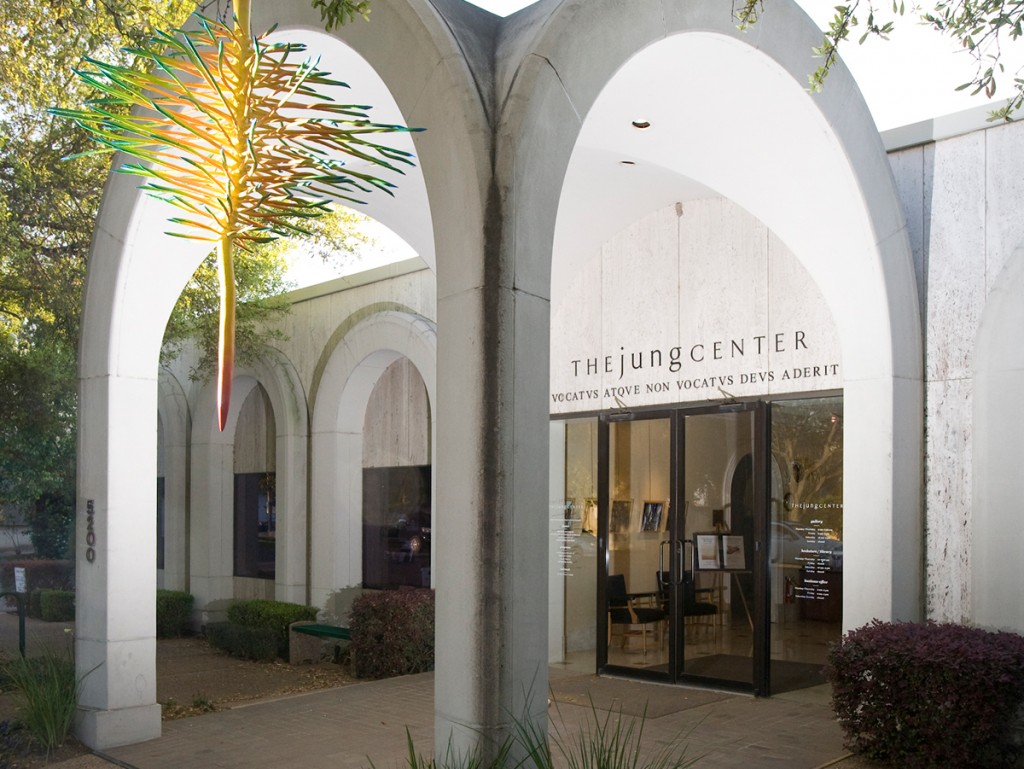The Untold Museum District: Zone 3
The Houston Museum District is home to a number of hidden treasures and untold stories. Here are several lesser-known facts related to the museums of Zone 3.
Contemporary Arts Museum Houston
It’s not exactly a secret sculpture – the 50-foot palm tree bursting out of a steel pyramid is hard to miss. But it’s the story behind the sculpture Manila Palm: An Oasis Secret that is intriguing. Some people mistake the only permanent exhibit at the CAMH for a real tree. In fact, it’s artist Mel Chin’s homage to the palm, a tree he admitted to never having liked.
Before creating the palm, Chin had just completed an installation for Ann Harithas’ Robinson Galleries – in which he flooded one room with water and another with sand. He wanted to recycle the sand afterwards to create a desert environment somewhere. The opportunity came with Main Street ‘78 – an exhibit of outdoor sculpture held in downtown Houston – which was the impetus for Manila Palm and its first home.
The sculpture originally had sand scattered around it. The palm fronds were made out of fiberglass, and the rest was plant-based — wood and manila rope wound with burlap and sisal bags. The rusted steel pyramid is a scale model of the great pyramids of Egypt; the cracks near the top follow patterns of the Nile.
Chin’s work transforms these basic materials into magical symbols. His plan was to create an oasis in a grandiose fashion, representing how booming Houston was at the time and the city’s developing grandiose architecture like the Astrodome — which Chin likened to the Coliseum in Rome. When the exhibit closed, Harithas, who owns the sculpture, loaned it to the CAMH.
In September 1988, the sculpture was removed for renovation – to update materials that were weathering in the Houston heat. When the pyramid was removed, museum staff discovered that the inside was furnished with a cot, table, lamp, foot stool and carpeting. They also found magazines and literature from the 1978 presidential election.
Chin said he put nothing inside. When recently asked about it, the artist said “All I can say is that someone set up camp within the pyramid for a while, with carpeting and a small table and some cookware. This added to the lore of the piece.”
Jung Center of Houston
The Jung Center sits tucked away under some trees on Montrose Avenue. However, if you step under the trees and look up in front of the building’s curves, you’re in for a surprise. Instead of leaves, you’ll see pinks, acid greens and bright yellows. You see, hidden underneath these trees is a pop up sculpture by Houston artist, Lee Littlefield.
Littlefield is known for his colorful botanical sculptures that grace many of Houston’s freeways. The sculptures hidden among the Jung Center trees are constantly changing. Littlefield adds new pieces , mostly under the cover of night. They provide an ever-changing, quirky addition to the hidden treasures of the Houston Museum District.
Museum of Fine Arts, Houston
As the oldest art museum in Texas, the MFAH certainly has an interesting history. Its roots begin in the Public Art League formed in 1900, the site was dedicated in 1917 and the central building opened in 1924. It wasn’t until the early 1960s that the name was officially changed to the Museum of Fine Arts, Houston. And it was around that time that James Johnson Sweeney was appointed as museum director, ushering in a new sophisticated aesthetic in the space.
Sweeney excelled at dramatic installations. One primary example at the MFAH was the exhibit “Three Spaniards: Picasso, Miró, Chillida” in 1961. Sweeney built a 38-foot long, four-foot deep pool outdoors complete with a surrounding pebble beach to serve as a backdrop for Picasso’s six bronze “Bathers.” Since one of Picasso’s figures was meant to be plunging into water, Sweeny had his crew install a diving board as well. Inside the building, he hung five large paintings, suspended from the ceiling on strong, thin wires and unframed. Critics credited Sweeney with meeting the challenge of the hall’s expansive space.
The papers reported that the pool and sculptures stopped traffic. Society editor Liz Brandt called the exhibit “the Biggest (everything’s massive) Little (there are just four other works on display) Show in museum history.” An impressive opening crowd gathered for the show, and admirers continued to check out the bathers for the duration of the installation.




